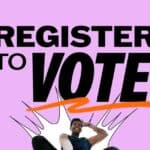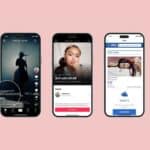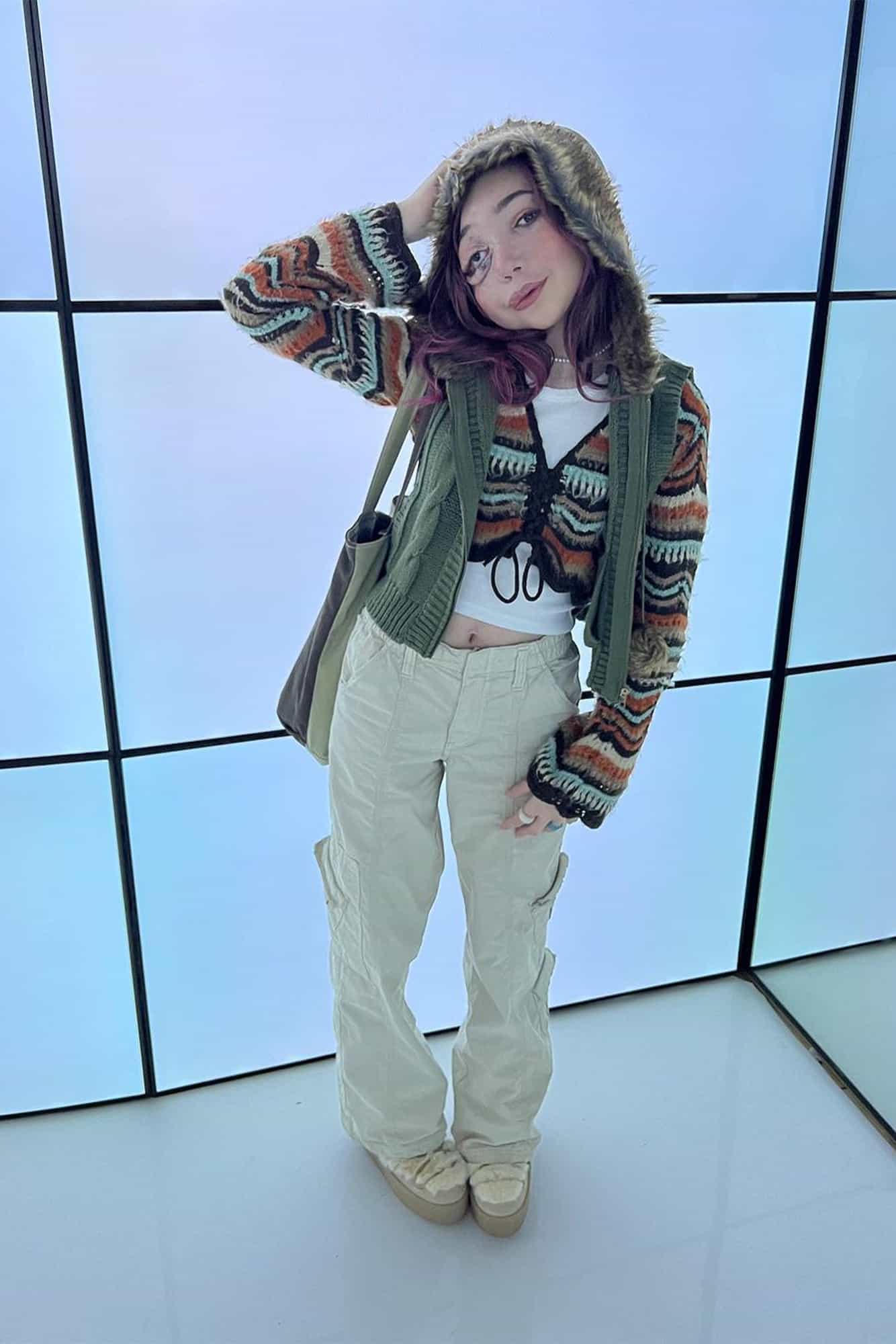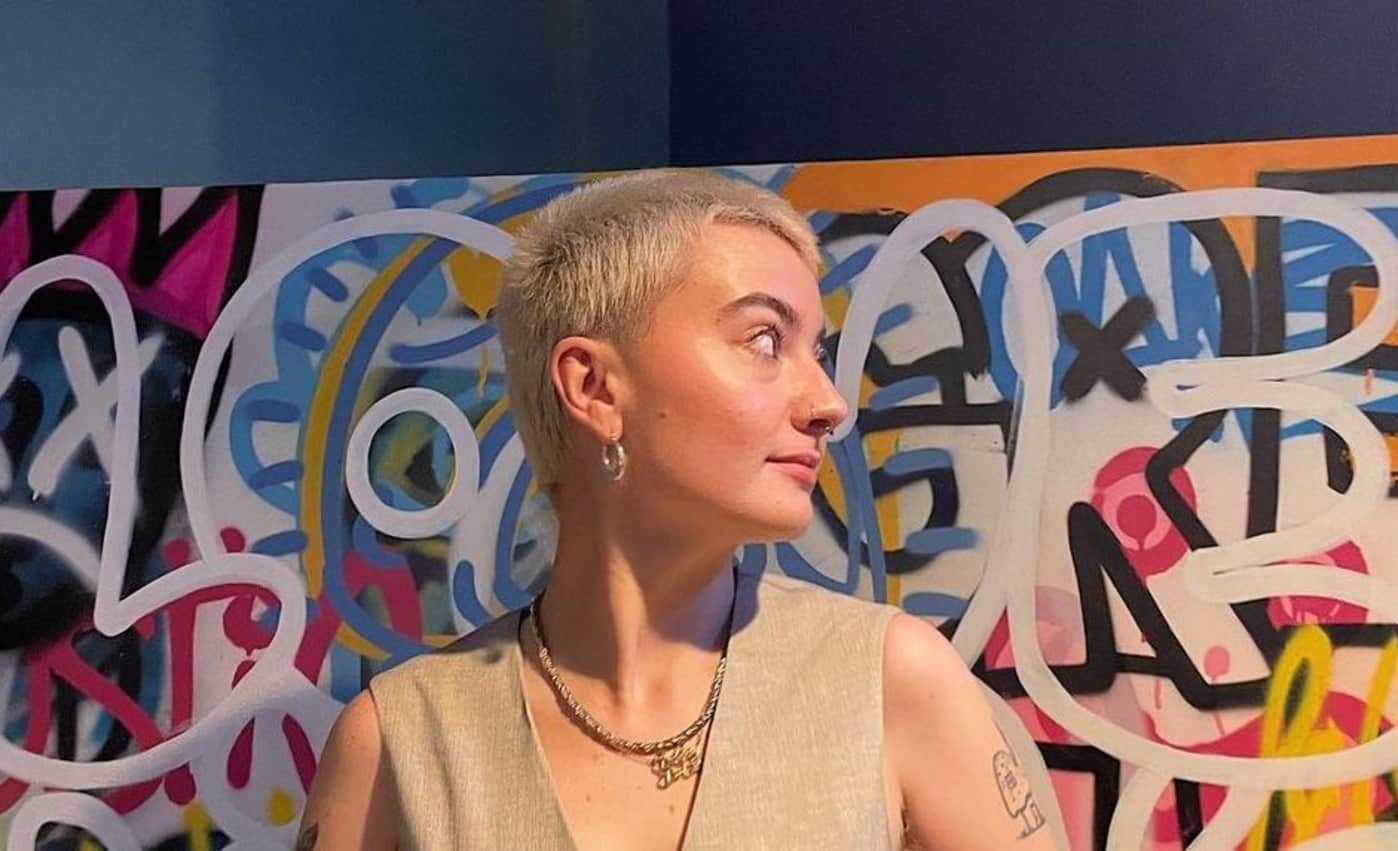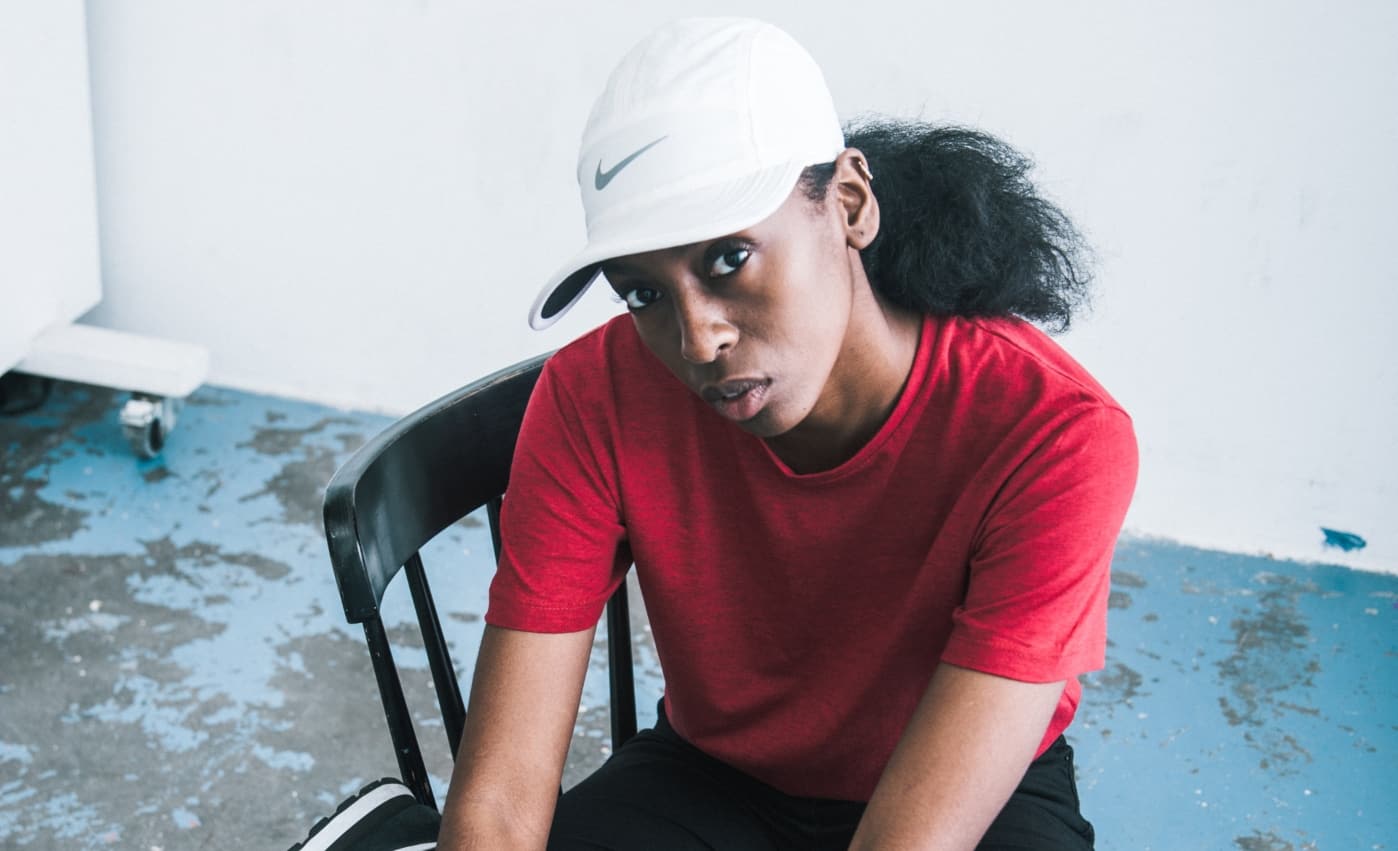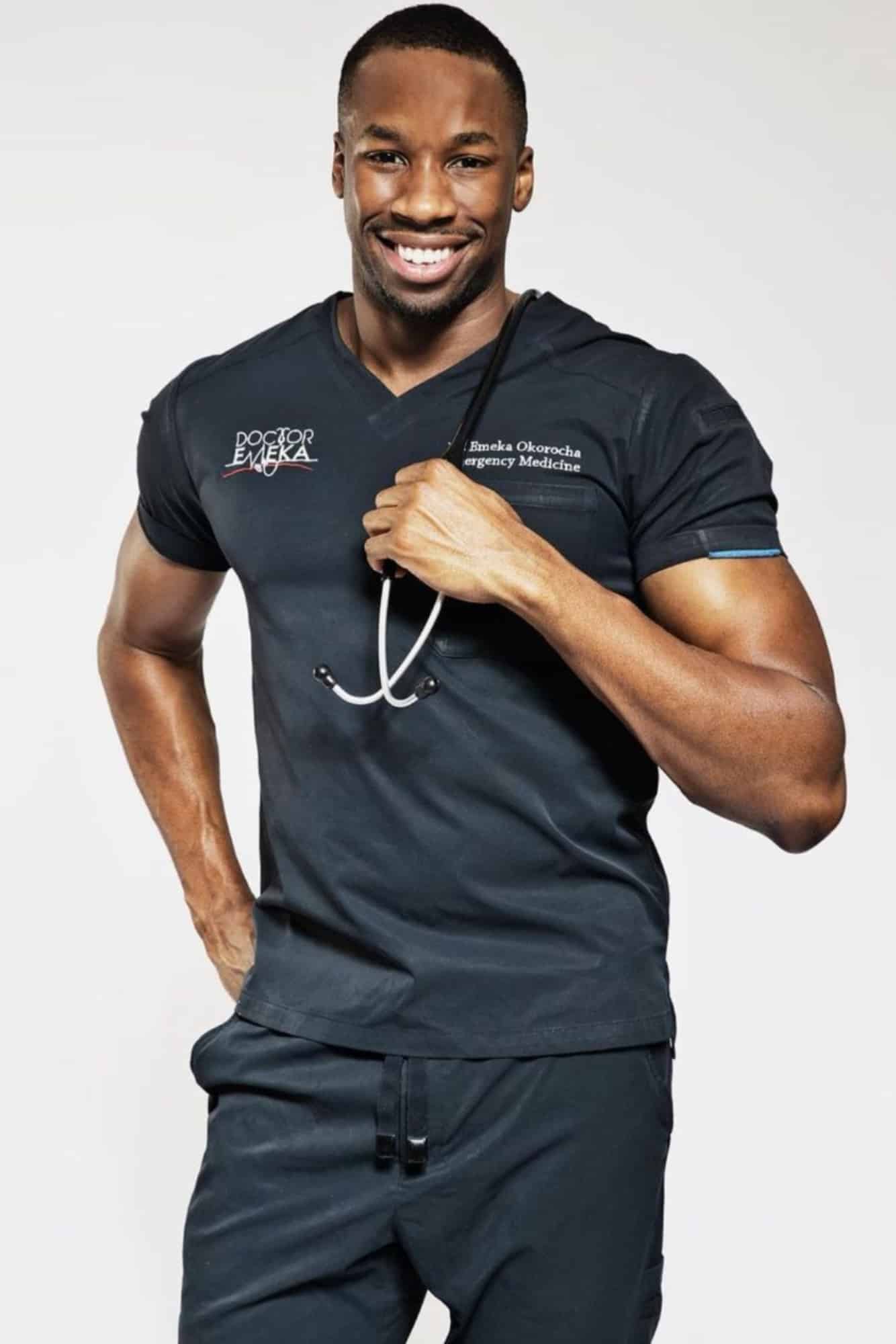The past year has taken a toll, and the experts know that. Therapists, psychiatrists and counsellors have embraced TikTok wholeheartedly to talk us through how we’re feeling and explain why we act the way we do, and it’s great – for the most part. They helm the majority of the app’s health and wellbeing content, with another large portion taken up by the personal experiences and advice of those suffering from various mental health conditions and developmental disorders. But between the two groups, there’s a troubling grey area.
In the past few months, an increasing amount of videos have surfaced on my feed telling me the various behaviours you didn’t know were symptoms of anxiety. One particularly popular style of video runs through the easily missed traits of ADHD. All these symptoms sound relatable, because they tend to be things everyone experiences at one point or another. What’s repeatedly missing from this format, however, is context. For example, it’s common to be shy, disorganised or loud. They can be symptoms of neurodivergence and multiple mental health conditions, but can also just be personality traits. When these traits aren’t assessed in context by a professional, it’s kind of like astrology. You start applying the lists of behaviours to your own life and the more you read, the more convinced you become.
Self-diagnosis and TikTok
TikTok has a history of issues with self-diagnosis. Last year, a young user went viral when she blind-reacted to a piece of classical music as an autistic person. It was later revealed she was self-diagnosed, and multiple autistic users critiqued her for a negatively stereotyped depiction of those on the spectrum. In November, the #15minutes4me challenge racked up over 15 million views as users took an online quiz to assess their mental wellbeing. The hashtag featured a combination of those declaring they had depression, and those with previously diagnosed disorders questioning what their lack of results meant for their own mental health.
The thing is, the majority of this content means well. The app has fostered an incredibly positive community for those with mental health conditions and developmental disorders, and this openness has eliminated a lot of the stigma around them. Representation of these conditions is better than ever on the platform, and both experts and those with diagnoses have a lot to contribute to the conversation. Take Paige Layle, who has built a following of over two million with a platform dedicated to showing the broad spectrum of autistic traits in girls, who are vastly under-diagnosed compared to boys. Carley (AKA ADHaDULT) is on a mission to remedy the same issue for female sufferers of ADHD, taking her audience through the ins and outs of her own experience, while Jordyn Thompson‘s content on her own depression emphasises the need for professional help beyond the online community.
And that’s the problem. For some users who have recognised part of themselves in this kind of content, they don’t treat it as a starting point but instead this is where their diagnosis begins and ends. Equipped with 60-second explanations of autism or ADHD, they begin to create their own content on these conditions, which inevitably spreads stereotypes, misinformation and phrases like “I’m so bipolar”, or “I have such bad OCD” when someone just likes to clean a lot.
When it comes to coronavirus, TikTok already has a system in place to prevent the spread of misinformation. Any videos mentioning the virus – even extremely loosely – are tagged with a link to expert sources. Content relating to eating disorders will also often bring up resources for help. Self-diagnosis is a problem that’s run rampant on social media since the days of Tumblr, so a similar system would make sense to tackle the issue on TikTok. We need the increased visibility and conversations around these conditions – we just need them to be a bit more accurate.
By Chloe James, fashion and beauty editor of CORQ.

